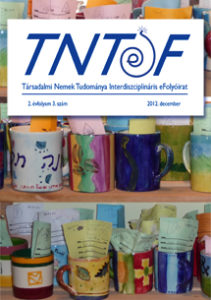Homosocial entropy Gay Gothic in Dorian Gray, Dr. Jekyll and Mr. Hyde and their “Lukewarm” Film Adaptation
Main Article Content
Abstract
Wilde’s Dorian Gray and Stevenson’s Dr. Jekyll and Mr Hyde have often been mentioned of late as “gay gothic” texts, symbolically representing the struggle with and the fear of homosexual desires. The paper examines how this struggle is re/presented (if at all) in the popular Hollywood film adaptations of these work (Fleming 1941; Lewin 1945; Parker 2009). The comparative analysis of the literary and filmic texts reveal that the allusions to same-sex desire are expelled from the films through direct and radical heterosexualization of erotic associations, both in the relations and actions of the characters. Nevertheless, all three film adaptations manifest a curious tendency to retain some of the homoerotic potential, with the “specter” of homosexuality haunting in the love triangles that bear marks of the “ homosocial” as defined by Sedgwick. As a result, although in these films sexual relationships are only indirectly homoerotic, their “uncanny” insistence keeps disrupting the imperative of normative heterosexuality and doubles the gay problematics, making the films themselves into the gothic “ doubles” of their literary predecessors.

